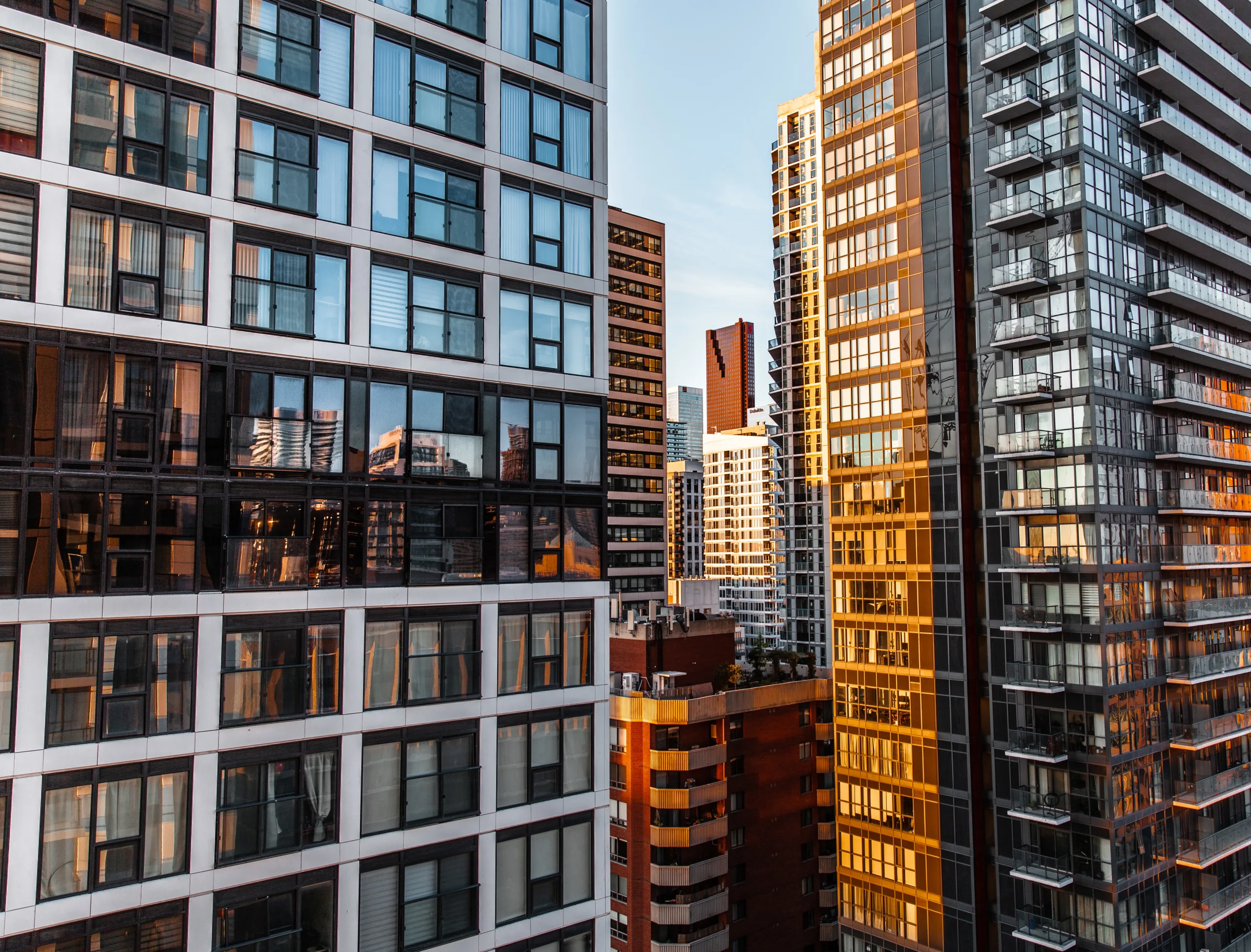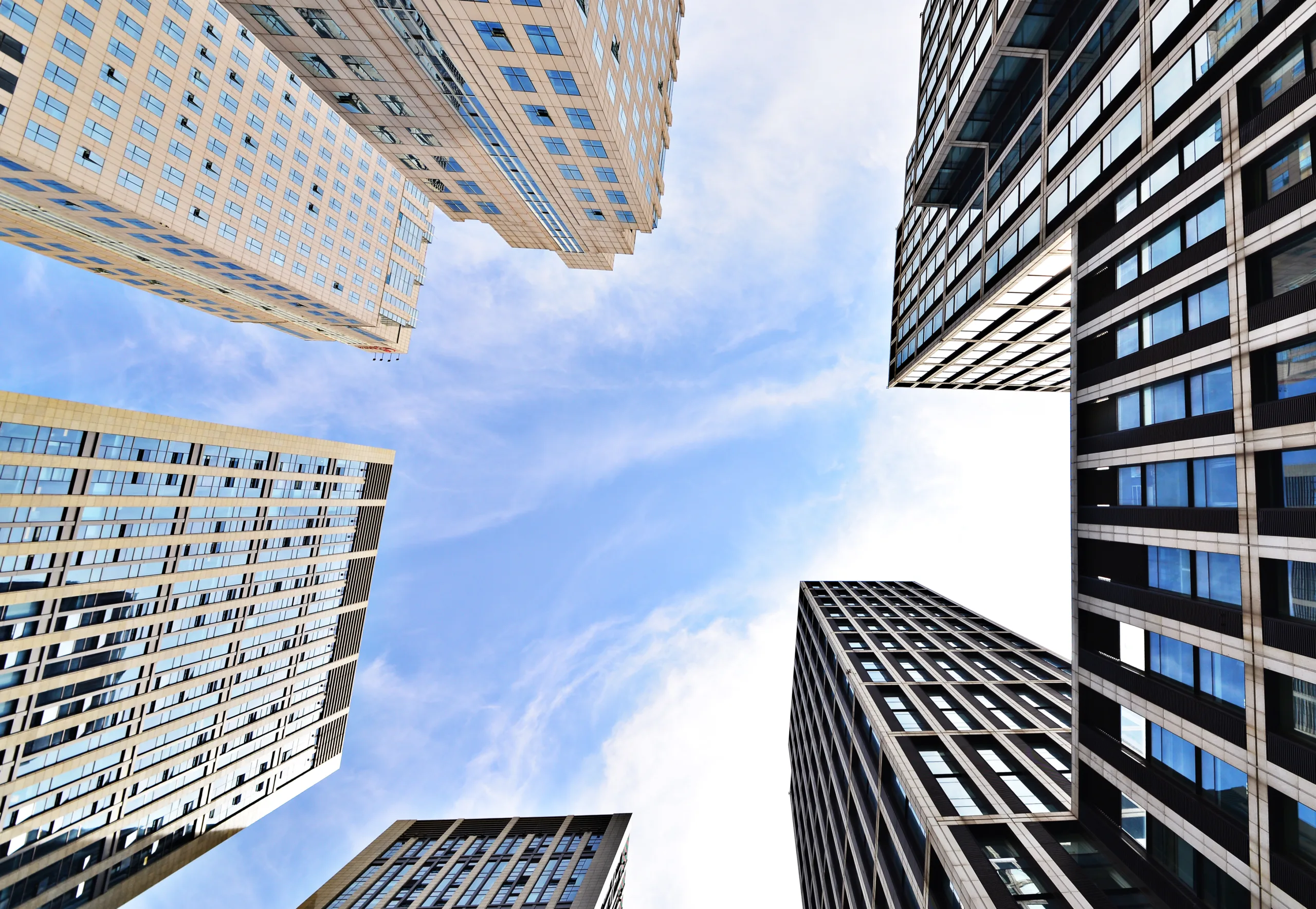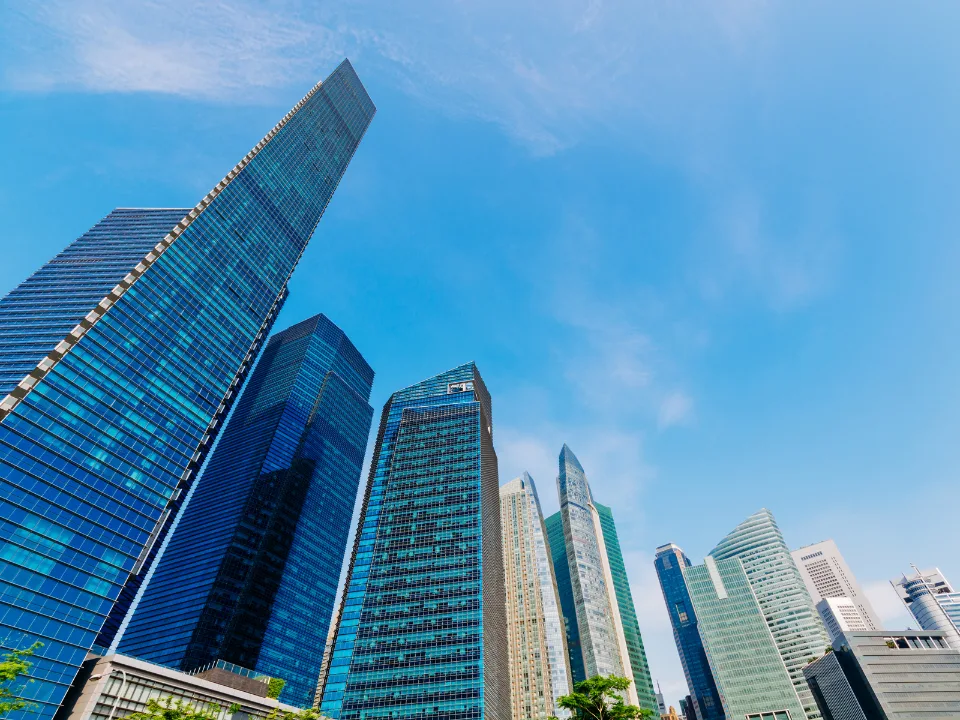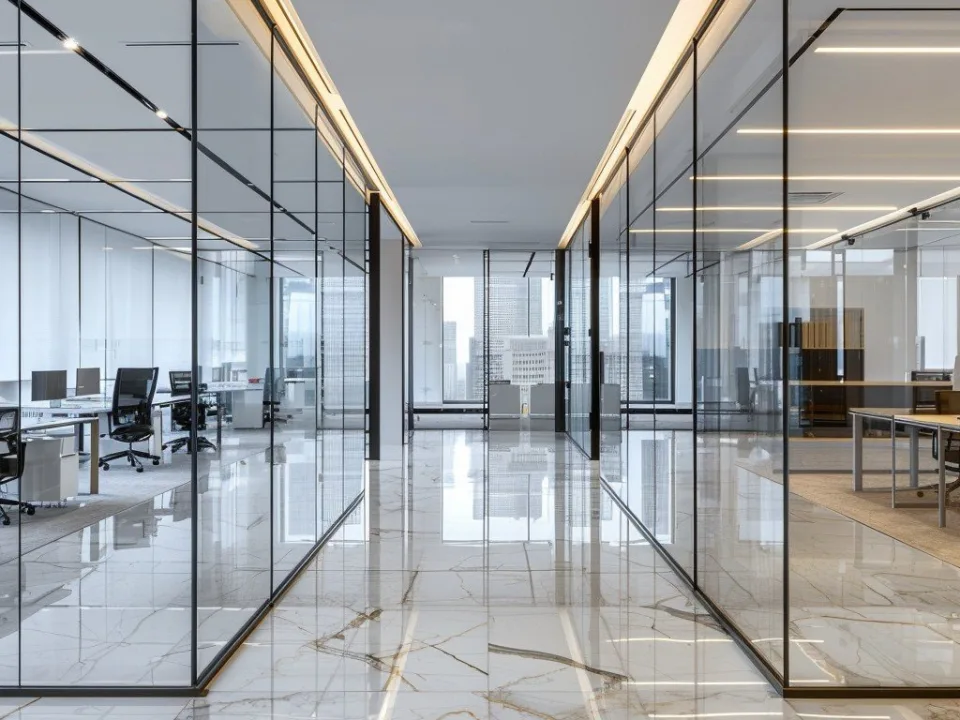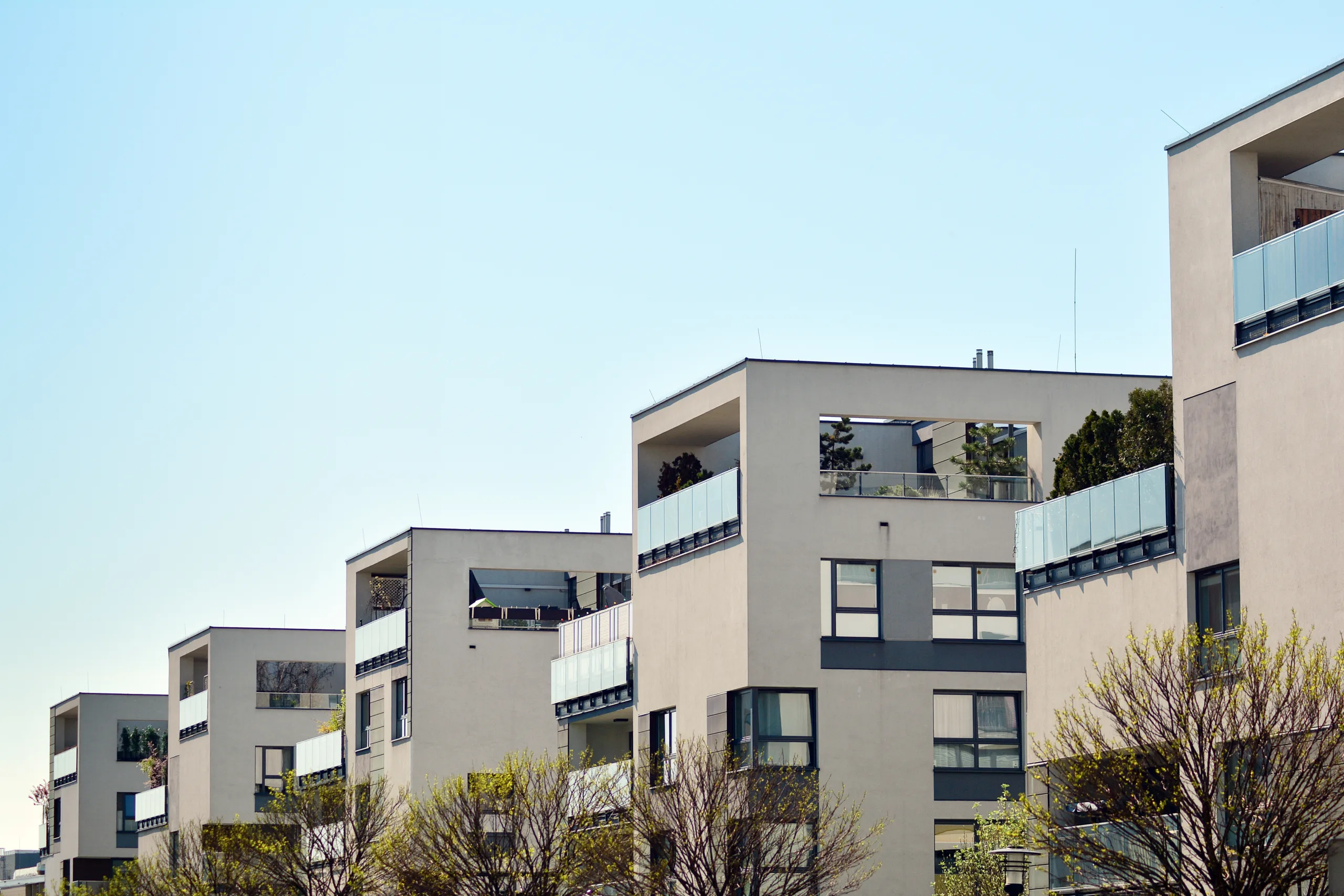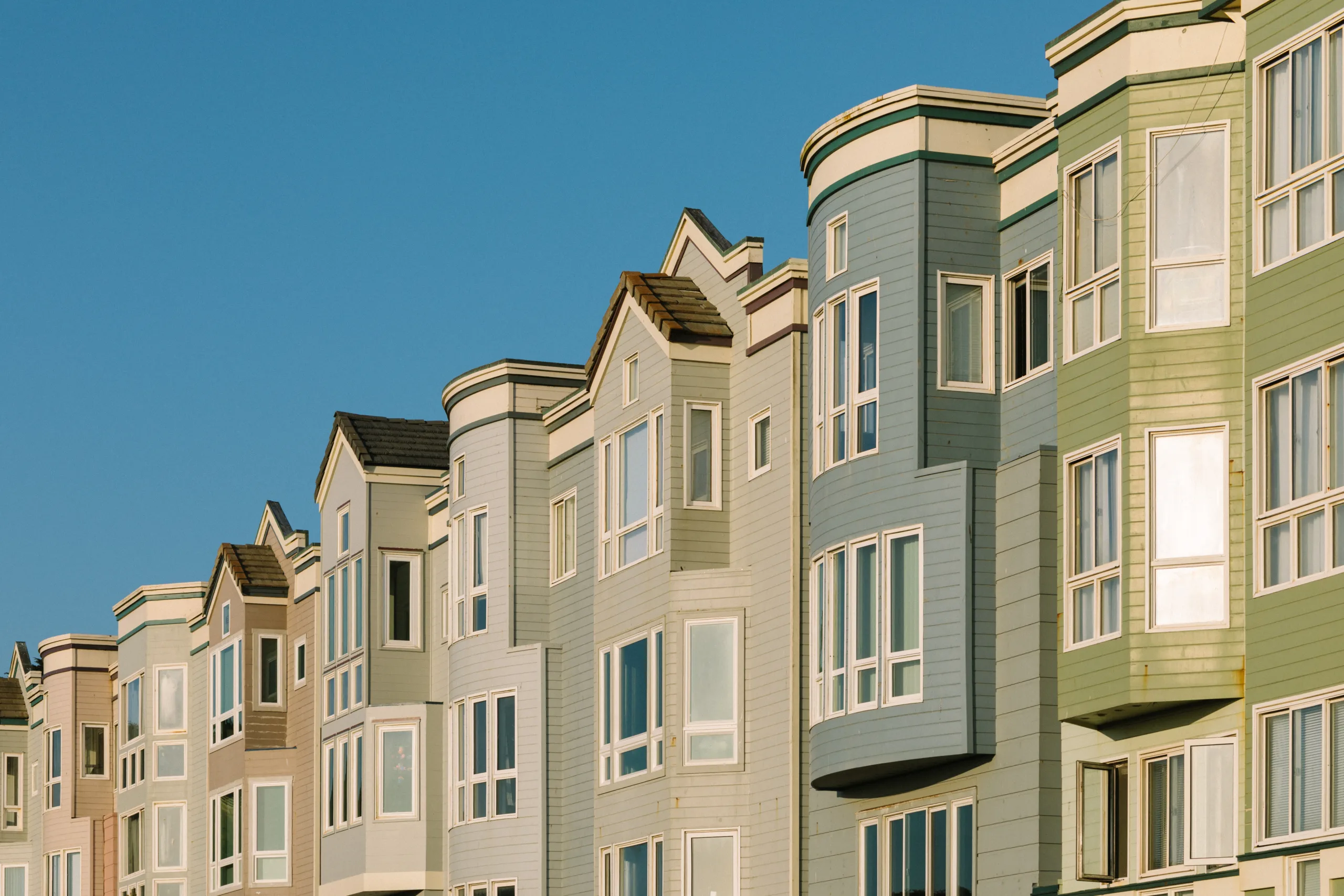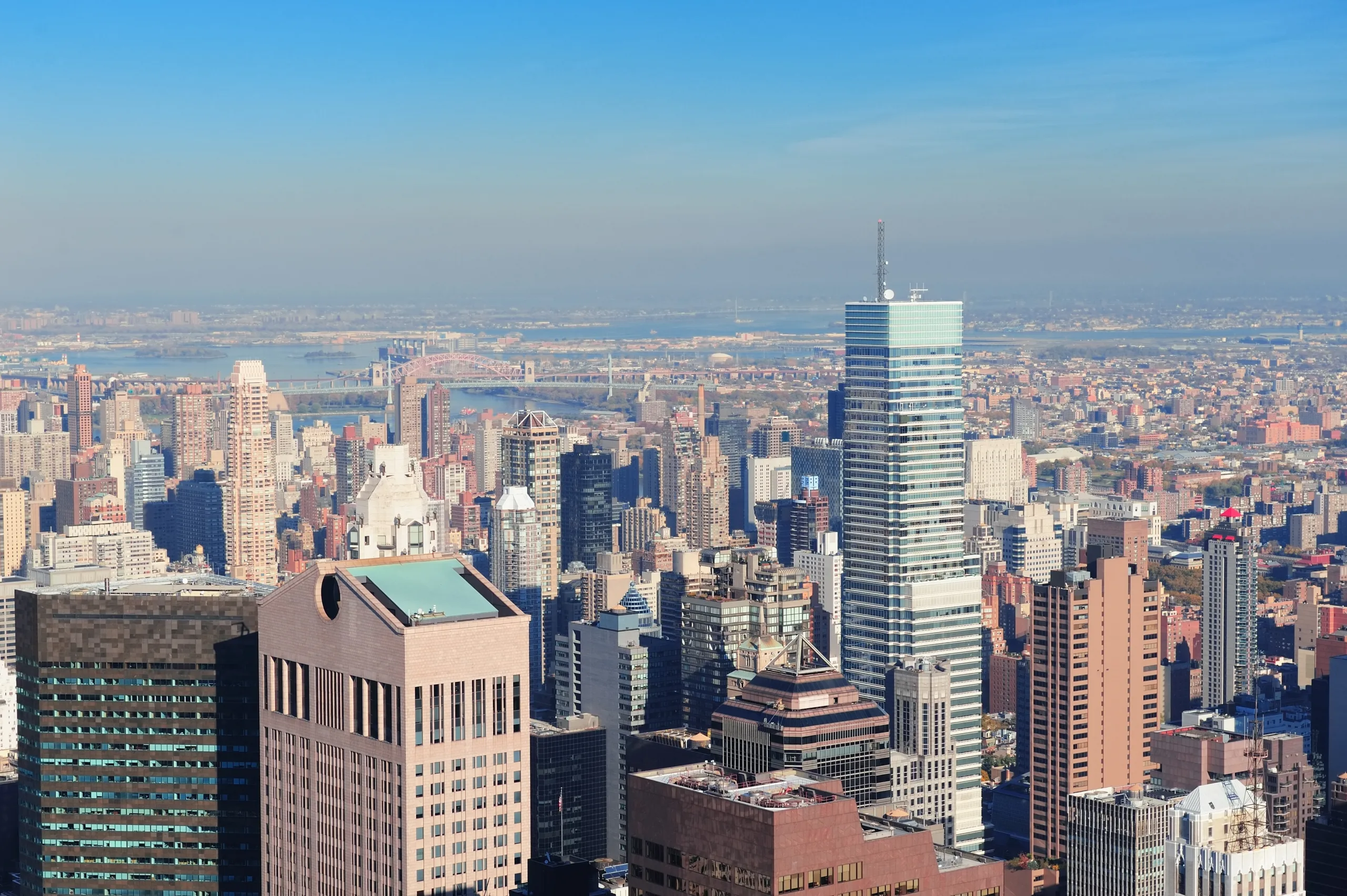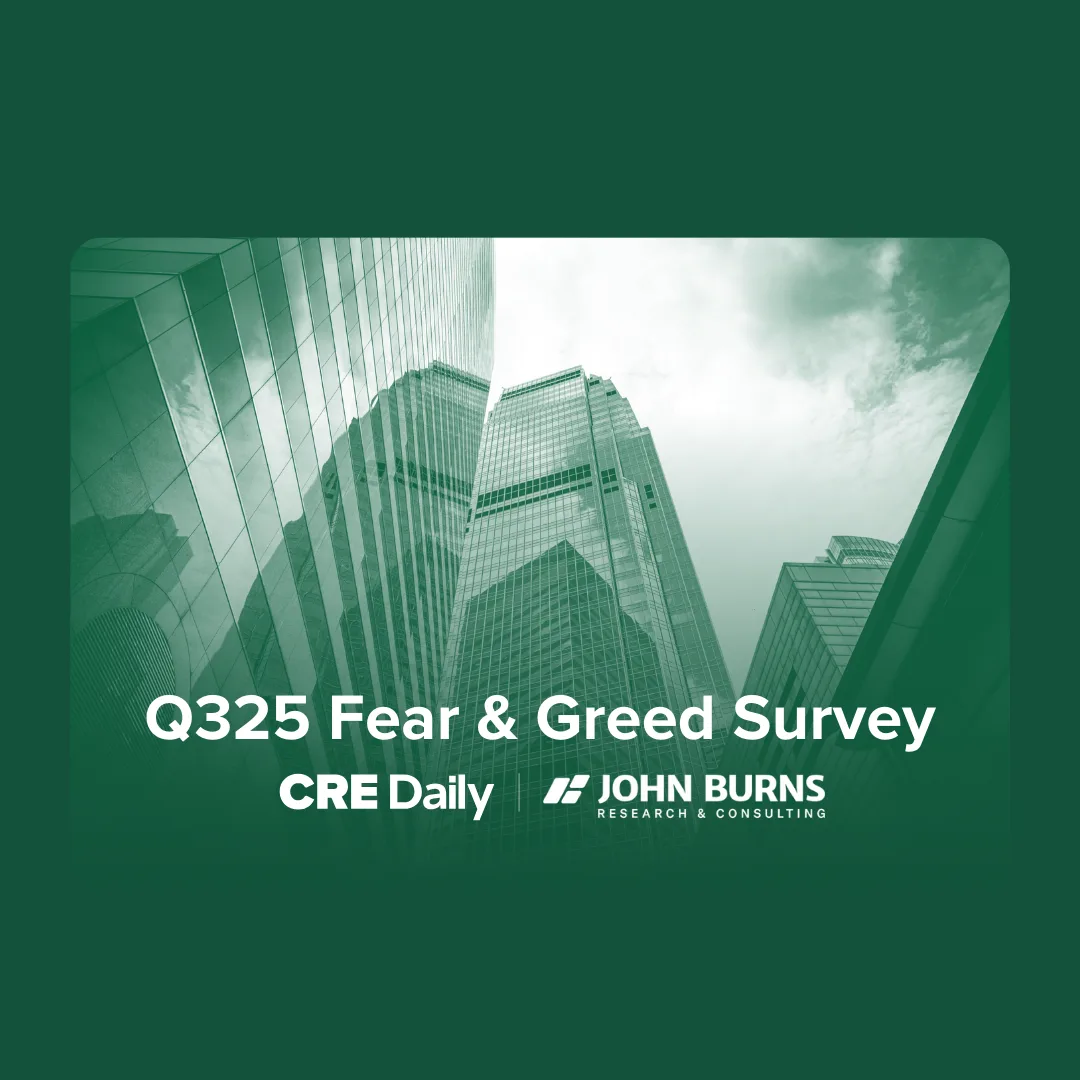- CBD office vacancy hit 19.2% nationally in May, up 730 basis points since early 2020, with listing rates falling nearly 30% from pre-pandemic levels.
- Federal policy changes, weakened office-using job growth, and sector-specific pullbacks (e.g., life sciences) are contributing to reduced demand and fewer new deliveries.
- A 42% drop in new CBD office inventory in 2024 and continued steep price discounts signal sustained challenges ahead for the sector.
A Downturn Continues
Central business district (CBD) office markets remain under pressure, with vacancy rates hitting 19.2% in May, reports GlobeSt. The figure represents a dramatic rise from early 2020 and underscores persistent weakness in demand for core urban office space.
While suburban office rents have held steady or even grown slightly, CBD listing rates have declined by nearly 30% from pre-pandemic levels, averaging $38 PSF in full-service equivalent terms.
Policy Shift, Demand Drift
Adding to the challenges are newly signed executive orders reversing previous federal directives that prioritized CBD locations for government offices. Now, agencies are being encouraged to select cost-effective facilities, which could push more demand to suburban or lower-cost markets.
This policy change coincides with a broader decentralization trend, with several private sector tenants also opting out of dense CBDs. These shifts contributed to a 42% year-over-year decline in new CBD office deliveries in 2024 — the lowest annual total since 2016.
Get Smarter about what matters in CRE
Stay ahead of trends in commercial real estate with CRE Daily – the free newsletter delivering everything you need to start your day in just 5-minutes
Depressed Pipeline, Deep Discounts
Only 2.8M SF of office space started construction during the first four months of 2025, as part of a total 44.6M SF currently under construction — representing just 0.7% of total stock.
On the transaction side, Yardi Matrix reported $14.2B in office sales through April, with average sale prices falling to $191 PSF. One notable example: a 910K SF CBD tower in Chicago sold for $63M, a 65% discount from its 2018 price.
Pockets Of Resilience Remain
Despite widespread challenges, not all CBD offices are suffering equally. “The right property in the right location can continue to thrive,” said Yardi, citing some properties that have maintained cash flow and occupancy through the market’s broader downturn.
Still, weakness in office-using employment and lingering tech layoffs are dragging on recovery prospects.
City snapshots:
- Boston: Vacancy increased by 470 basis points year-over-year to 17.1%, driven by struggles in the life sciences sector amid capital pullback and oversupply. Looming NIH funding cuts may dampen further lab development.
- Austin: Once a boomtown for office development, the market has seen a sharp slowdown. Only 1.3M SF has broken ground since early 2023, following a development surge of nearly 9M SF between 2020 and 2022.
What’s Next
The CBD office sector is in the “early innings” of what Yardi Matrix describes as a prolonged realignment. New development will stay limited as owners adapt to remote work trends, shifting tenant needs, and changing government policies.
Expect continued caution from developers and a focus on repositioning or repurposing underperforming assets in the months ahead.
